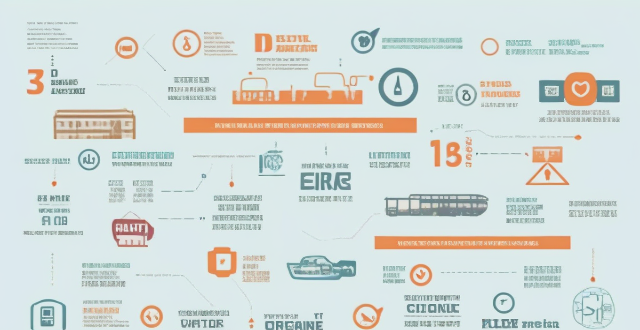The text provides a summary of the rules and regulations for self-drive holidays in different states/countries, including the United States, Australia, and Canada. It covers topics such as driver's license requirements, vehicle registration, insurance coverage, speed limits, and traffic laws. The guidelines emphasize the importance of being aware of local regulations and consulting with rental companies or authorities for accurate information before starting a self-drive holiday.

Rules and Regulations for Self-Drive Holidays in Different States/Countries
Self-drive holidays are a popular way to explore new destinations at your own pace. However, it's important to be aware of the rules and regulations that apply to driving in different states or countries. Here are some general guidelines:
United States
Driver's License
- You must have a valid driver's license from your home state or country.
- If your license is not in English, you may need an International Driving Permit (IDP).
Vehicle Registration
- The vehicle must be properly registered in the state where you rent it.
- Some states require rental companies to provide a temporary registration document.
Insurance
- Liability insurance is mandatory in all states.
- Collision damage waiver (CDW) and personal accident insurance (PAI) are optional but recommended.
Speed Limits
- Speed limits vary by state, so always check posted signs.
- Some states have different speed limits for urban and rural areas.
Traffic Laws
- Right turns on red lights are allowed unless otherwise indicated.
- Seat belts are mandatory for all passengers.
- Texting while driving is illegal in most states.
Australia
Driver's License
- You can drive with a foreign driver's license for up to three months after entering Australia.
- After that, you'll need to apply for an Australian driver's license.
Vehicle Registration
- Rental cars come with a current registration sticker.
- Check with the rental company if there are any specific restrictions.
Insurance
- Compulsory Third Party (CTP) insurance is included with all rentals.
- Consider additional insurance options like CDW and PAI.
Speed Limits
- Speed limits are set by each state, ranging from 50 km/h to 110 km/h.
- Watch for variable speed limit signs on highways.
Traffic Laws
- Speed cameras and random breath testing are common.
- Wearing seat belts is compulsory for all passengers.
- Using mobile phones while driving is prohibited unless hands-free.
Canada
Driver's License
- Your home country driver's license is valid in Canada as long as it remains valid.
- An IDP may be helpful if your license is not in English or French.
Vehicle Registration
- Rental cars come with a current registration sticker.
- Check with the rental company if there are any specific restrictions.
Insurance
- Mandatory insurance coverage varies by province.
- Consider additional insurance options like CDW and PAI.
Speed Limits
- Speed limits vary by province, so always check posted signs.
- Some provinces have photo radar systems to enforce speed limits.
Traffic Laws
- Seat belts are mandatory for all passengers.
- Cell phone use while driving is restricted in most provinces.
- Right turns on red lights are typically allowed unless otherwise indicated.
Remember, these are just general guidelines, and specific rules may vary depending on the state or country you visit. Always consult local authorities or rental companies for the most accurate information before embarking on your self-drive holiday.